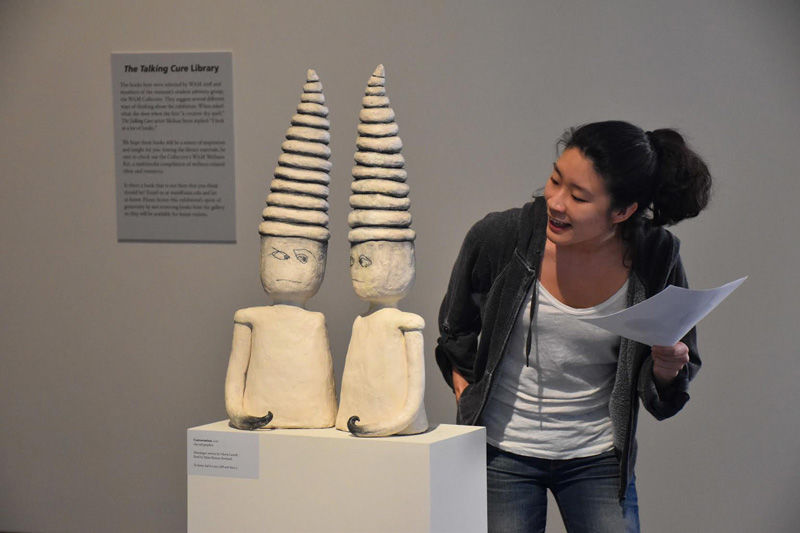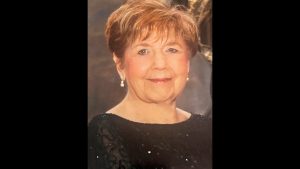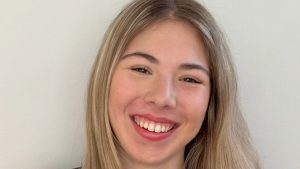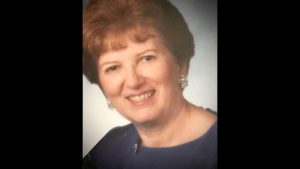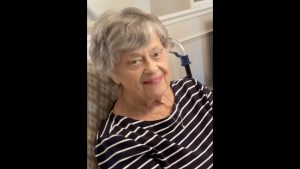‘Talking Cure’ gives voice to sculptural figures
Published February 8, 2018
In an exhibition at the Kranzberg Arts Center, Jewish artist Melissa Stern creates what she calls a “psychological experiment” exploring the intersection of art and dialogue, both visual interplay between the works and accompanying audio monologues from various writers.
The show, “The Talking Cure,” consists of 12 drawings of figures, 12 sculptures of figures and audio accompanying each sculpture.
All of the works have psychological undertones, and are different in appearance and size, ranging from toy-size to 4½ feet tall.
Stern, who lives in New York, created the sculptures and then asked 12 writers to each choose a sculpture to which they most closely related. Each writer wrote what he or she imagined the sculpture to be saying or thinking. Next, Stern selected 12 actors to read aloud the monologues, which were digitally recorded. Stern then had a QR code created for each monologue. The codes appear next to their corresponding sculptures. When viewers scan the codes via a QR reader on their smartphones, the audio comes through their phones.
The monologues provide a fascinating additional dimension. One piece, titled “Conversation,” features two white clay figures from the waist up that face each other. They wear tall, conical hats. Their expressions, drawn with graphite, are difficult to read. The author of their monologue, Valeria Luiselli, explores the possible meaning behind their expressions before delving into an intriguing discussion about life, death, what is real and what is imaginary.
A particularly poignant piece titled “Bye Dad” depicts a black-painted clay female figure in a dress with a featureless head.
On top of her head perches a tiny white clay male figure in a suit and hat and carrying a briefcase. Arthur Mednick’s monologue is about a father’s broken relationship with his beloved daughter.
Stern said that the title of the show comes from Freud’s term for the methodology of psychoanalysis.
“This show became an interesting psychological experiment in how people relate to art,” she said.
“The idea for the show came from years of observations of people responding to my work. I became interested in what others think of my work, instead of what I think about it.”
Stern said the titles of each work are important components.
“I love titles,” she said. “They give you a clue to the story behind them. For example, ‘Angry Girl’ comes from a girl telling me in junior high, ‘You’re not my friend anymore.’ ”
The artist took on quite a number of new roles during the process of creating the show: “I went from artist to producer.”
Stern located writers and actors, found a technician for the audio recordings and published a companion book with funds raised through Kickstarter. The book is also titled “The Talking Cure” and is sold through her website: thetalkingcureproject.com.
“This whole process has been very rewarding,” she said.
The popularity of the show is evident in its travels to six other American cities since 2012. St. Louis is its seventh stop.
The installation of Stern’s work in each gallery is different. The curator of each space arranges the show to his/her liking.
“Each curator sees connections between the drawings and sculptures that I never saw,” she said. “It’s like an artistic game of Telephone. The further the show gets from me, the more different it becomes.”
An additional component of the exhibition is found in the curricula put together by Stern and local educators in each city. Stern provides curriculum suggestions for K-12 students and college students based on the show.
“I love to teach,” Stern said. “When I work with students, I talk about how to tell their personal stories. A lot of the curriculum is literacy-based and helps kids express themselves through words.”
Stern said of the connection between her work and Judaism: “There’s certainly a big tradition in Judaism of storytelling. My religion influences the way I look at the world. Storytelling has been a constant theme in my work for the past 10 to 15 years.”
Stern hopes that viewers come away from the show with conversations about their own memories and stories. She hopes that the show will leave something in each community that people will remember.
“I’m so thrilled that this exhibition has the kind of longevity that it’s had,” she said. “I didn’t have a plan for what might happen, and I find delight in not knowing. This is the magic of being an artist. The show has taken on a life that I never imagined.”



